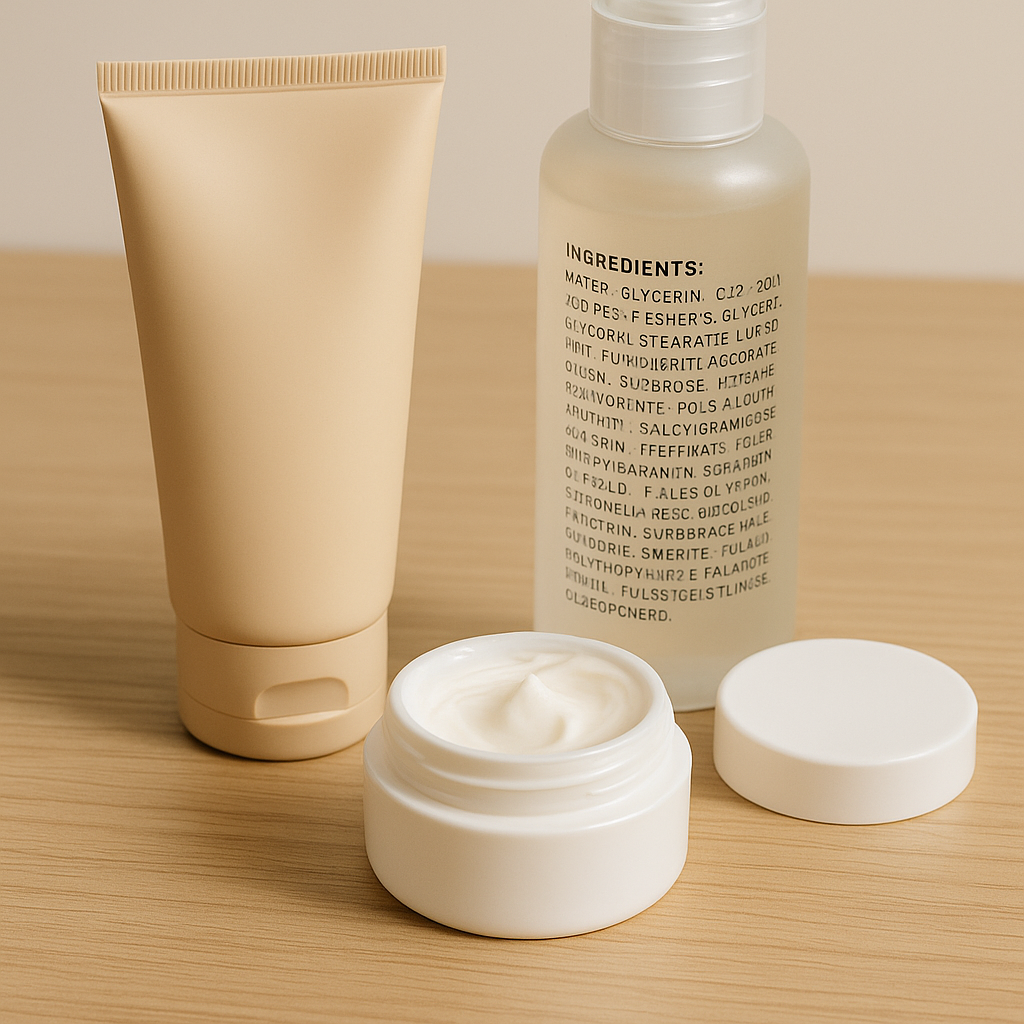Have you ever tried a new product and felt irritation or redness soon after? Skin reactions may not always come from “bad” products but from ingredients that simply don’t match your skin’s tolerance. Building the habit of checking cosmetic labels and understanding sensitivity could help you make gentler, more confident choices.

1. Why Ingredient Awareness Matters
Every skin type reacts differently. Learning which ingredients may trigger discomfort helps prevent unnecessary irritation and wasted products.
- Common irritants: fragrances, alcohols, strong acids, or preservatives could bother sensitive skin.
- Hidden sources: even natural extracts may cause redness for some individuals.
- Consistency matters: combining too many active ingredients at once might increase sensitivity.
2. Start Reading Labels Mindfully
Checking ingredients may sound tedious at first, but it quickly becomes second nature. Focusing on key terms could help you identify what fits your skin best.
- Notice the first five ingredients — they make up most of the formula.
- Learn basic terms: humectants (hydration), emollients (softening), occlusives (barrier protection).
- Look for fragrance-free or hypoallergenic products if your skin tends to react easily.
3. Patch Test Before Full Use
A patch test may help you predict how your skin will respond without risking irritation on your face.
- Apply a small amount to your inner arm or behind the ear.
- Wait 24–48 hours and observe for redness, itchiness, or swelling.
- If the area feels fine, the product could be safe for broader use.
4. Track and Adjust Your Routine
Keeping a simple skincare journal could reveal patterns and prevent repeated irritation.
- Note the product name, ingredients, and reaction date.
- Reintroduce new products slowly — one at a time over a few days.
- Adjust your routine seasonally, since humidity and temperature may affect skin behavior.
5. Support Skin Barrier Health
Healthy skin tends to be more resilient. Choosing gentle support may improve tolerance over time.
- Use mild cleansers and avoid over-exfoliating.
- Include ceramides, panthenol, or aloe-based products for calming care.
- Protect skin daily with SPF, even indoors, to reduce cumulative stress.
🌟 Conclusion
Skincare works best when guided by awareness, not trial and error. By reading ingredient lists, patch testing, and noting patterns, you may better understand your skin’s language. Over time, this habit could reduce irritation, save money, and build lasting confidence in what truly suits you.
References and Further Reading
- American Academy of Dermatology — How to Patch Test Skin Care Products
- Harvard Health Publishing — Sensitive Skin: What You Need to Know
- Environmental Working Group — Ingredient Transparency in Cosmetics
Disclaimer
This article is for informational purposes only and not medical advice. Skin reactions and sensitivities may vary depending on individual conditions.